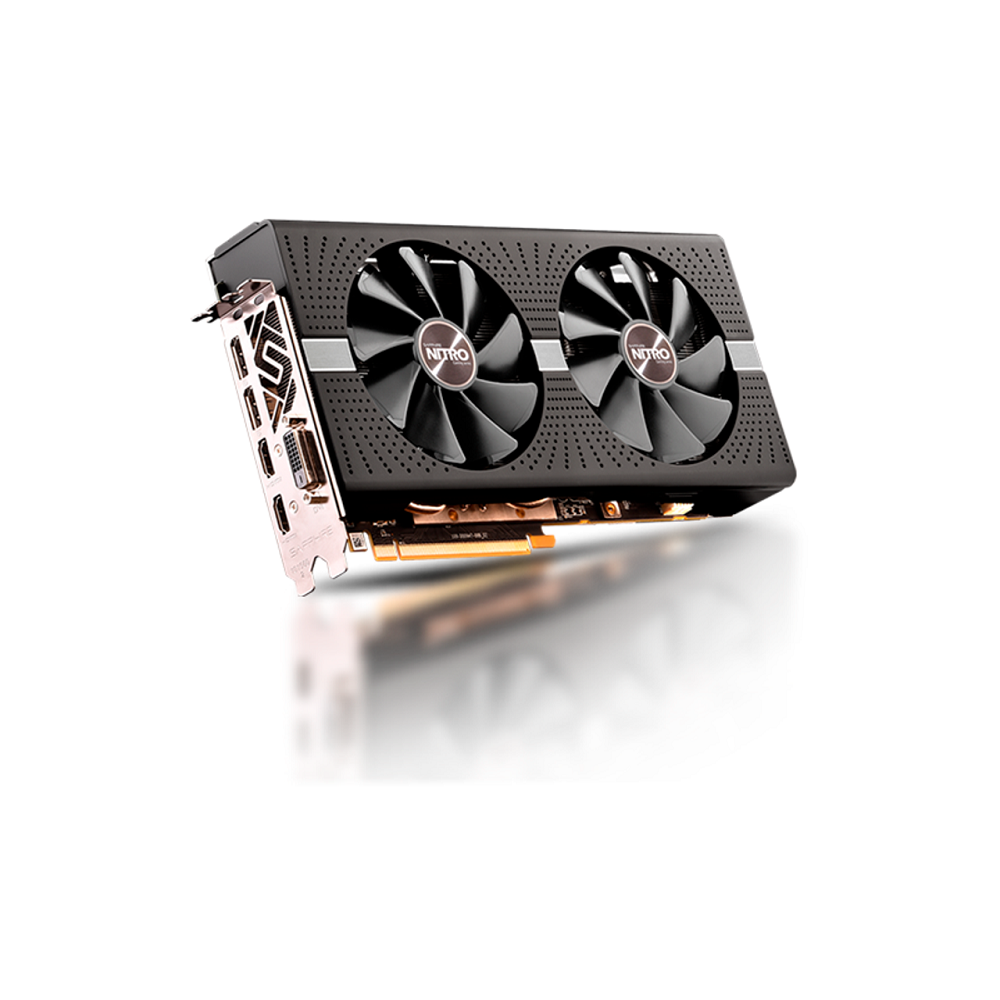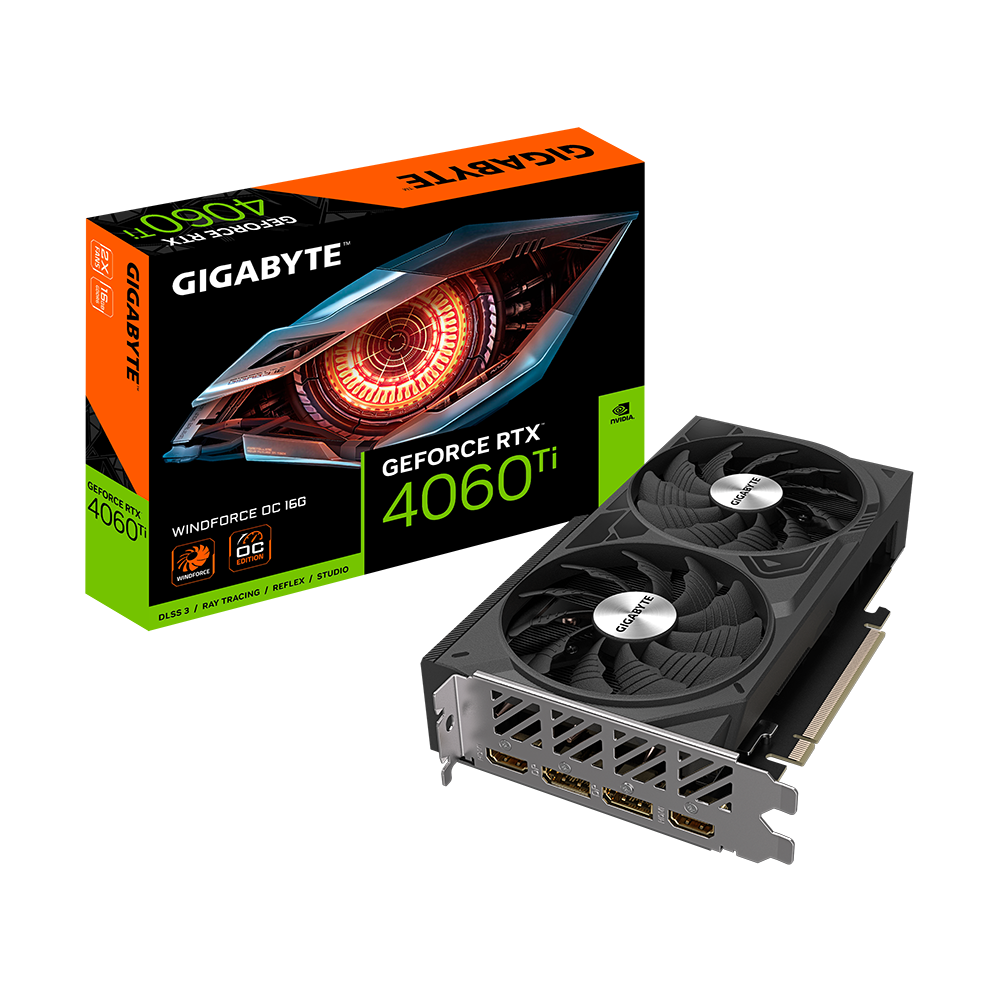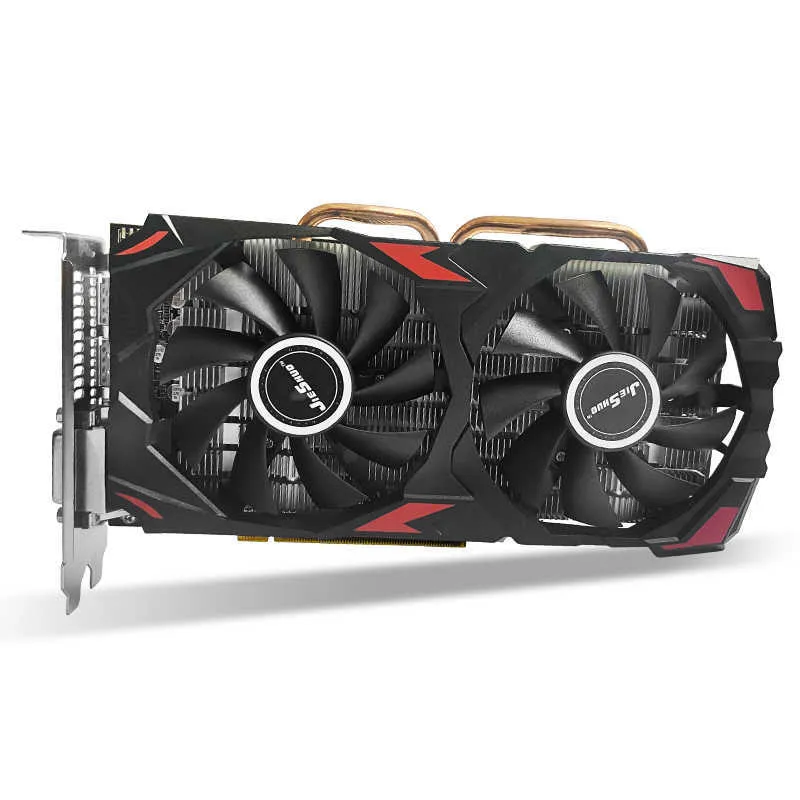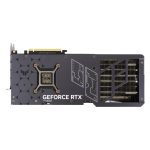Resetting your graphics card in Windows 11 can resolve performance issues, graphical glitches, and display-related problems. Whether you’re a passionate gamer, a content creator, or a casual user, ensuring that your graphics card functions optimally can significantly enhance your computing experience. How to reset graphics card windows 11? This step-by-step guide walks you through the process of resetting your graphics card in Windows 11, covering various methods to restore its functionality effectively.
Understanding Graphics Card Issues
Common Symptoms of Graphics Card Problems
Graphics cards play a crucial role in rendering images and videos, and issues can arise due to various reasons. Common symptoms indicating a potential graphics card problem include:
- Screen Artifacts: Seeing strange lines, colors, or shapes on your screen can indicate a malfunctioning graphics card.
- Low Frame Rates: Experiencing choppy performance during gaming or video playback often points to graphics card issues.
- Crashes or Freezes: If your computer suddenly freezes or experiences crashes while running graphics-intensive applications, it may be time to reset the graphics card.
- Driver Conflicts: Outdated or corrupted drivers can lead to performance issues and prevent your graphics card from functioning optimally.
Recognizing these symptoms early on will help you take the necessary steps to reset your graphics card and restore your system’s performance.

Importance of Resetting Your Graphics Card
Resetting your graphics card can resolve many problems and also serves as a good practice when diagnosing hardware issues. By resetting, you clear temporary settings or configurations that may interfere with the card’s operation. This action often leads to improved performance, stability, and responsiveness, making it an essential troubleshooting step.
Preparing for the Reset
Checking Your Graphics Card
Before undertaking the reset process, gather basic information about your graphics card. You can easily check the model and specifications through Windows settings. Here’s how:
- Press Windows Key + X and select Device Manager.
- In the Device Manager window, expand the Display adapters section.
- Note down the graphics card model listed there. Knowing your graphics card’s model can help you find appropriate drivers and configurations later.
Backup Important Data
While resetting the graphics card is generally a safe process, it’s still a good idea to back up any important files. If issues arise post-reset or if you decide to uninstall drivers, data loss could occur. Use cloud storage, external drives, or system backup tools to ensure your data is secure. Having a backup in place grants peace of mind as you proceed with the reset.
Basic Methods for Resetting Your Graphics Card
Method 1: Using Keyboard Shortcuts
Windows 11 offers an efficient way to reset your graphics card using built-in keyboard shortcuts. Here’s how to do it:
- First, make sure you are on your desktop.
- Press Windows Key + Ctrl + Shift + B simultaneously.
- After a moment, you should hear a beep, and your screen may flicker or go blank for a second. This indicates that Windows has reset your graphics driver.
This method often resolves minor graphics issues without the need for an in-depth reset. It can refresh your graphics display and is especially useful if you’re experiencing temporary glitches.
Method 2: Restarting the Graphics Driver via Device Manager
If the keyboard shortcut doesn’t resolve the issue, try restarting the graphics driver through Device Manager:
- Right-click on the Start button and select Device Manager.
- Expand the section labeled Display adapters and right-click on your graphics card.
- Click on Disable device.
- Wait a few moments and then right-click on the graphics card again. Select Enable device.
This process effectively resets the graphics card by disabling and then re-enabling it. It helps to clear any temporary errors affecting performance.

Updating and Rolling Back Graphics Drivers
Updating Graphics Drivers
Keeping your graphics drivers up to date is crucial for optimal performance and stability. Follow these steps to check for updates:
- Open Device Manager once again.
- Expand Display adapters and right-click on your graphics card.
- Select Update driver.
- Choose Search automatically for updated driver software. Windows will search for and install any available updates.
Updated drivers can improve performance and fix compatibility issues, making the graphics card function more smoothly.
Rolling Back Drivers
Sometimes, a recent driver update may cause issues. If you notice problems after an update, rolling back might be necessary:
- Access Device Manager.
- Right-click on your graphics card and select Properties.
- In the properties window, navigate to the Driver tab.
- If available, click the Roll Back Driver button and follow the prompts.
This action restores the previous version of the driver, potentially resolving issues caused by the most recent update.
Advanced Drivers Installation Methods
Downloading Drivers Manually
If Windows cannot find the latest drivers, or if you need a specific version, you can download drivers directly from the graphics card manufacturer’s website:
- Visit the official site of your graphics card manufacturer, such as NVIDIA, AMD, or Intel.
- Navigate to the support or driver download section.
- Use the search tool or select your model from the menus to find the appropriate drivers for your graphics card.
- Download and install the driver by following the on-screen instructions.
Manually installing the latest drivers ensures you have the most suitable version for your graphics card, which can significantly improve performance.
Using Manufacturer Software
Many graphics card manufacturers provide dedicated software to manage and update drivers. For instance, NVIDIA has GeForce Experience and AMD offers Radeon Software. Here’s how to use them:
- Install the software from the manufacturer’s website if you haven’t done so already.
- Open the software and log in or create an account if required.
- Locate the driver update feature, which often displays available updates for your card.
- Follow the prompts to install the latest drivers.
Using manufacturer software to manage updates simplifies the process and allows you to take advantage of specific features designed for your graphics card.
Performing a Complete Reset of Graphics Card Settings
Using NVIDIA Control Panel
For NVIDIA graphics cards, you can reset settings to default through the NVIDIA Control Panel:
- Right-click on your desktop and select NVIDIA Control Panel.
- In the left sidebar, click on Manage 3D Settings.
- At the top right, find the Restore Defaults button and click it.
This action restores all 3D settings to their factory defaults, resolving potential configuration issues impacting performance.
Accessing AMD Radeon Settings
For AMD graphics cards, follow these steps to reset settings:
- Right-click on the desktop and choose AMD Radeon Settings.
- Click on the Gaming tab.
- Select Global Settings and look for the Reset option.
By restoring these settings, you can fix performance problems resulting from previous user adjustments.

Final Steps and Troubleshooting
Restart Your Computer
After completing all reset methods and driver updates, it’s always a good idea to restart your computer. Restarting can help apply changes effectively and allow the operating system to refresh graphics-related processes.
Advanced Troubleshooting
If you continue to experience issues despite performing all these steps, consider the following advanced troubleshooting options:
- Check for Windows Updates: Install any available Windows updates to ensure your operating system is current.
- Test the Hardware: If problems persist, use diagnostic tools to check if the graphics card has hardware failure. You can download tools from the manufacturer’s website or use software like HWMonitor.
- Seek Professional Help: If you find that none of these steps resolve your issue, it may be wise to consult a professional technician. They can provide deeper insights and potential repairs for any hardware-related problems.
Conclusion
How to reset your graphics card Windows 11 can resolve various performance problems while significantly enhancing your overall experience. By following this step-by-step guide, you now know how to reset your graphics card through multiple methods, from using keyboard shortcuts to updating drivers and adjusting settings. Troubleshooting graphics card issues doesn’t have to be daunting; with the right steps, you can restore optimal performance and enjoy a smooth computing experience. Keep your graphics drivers updated, perform periodic checks, and your system will function at its best!


